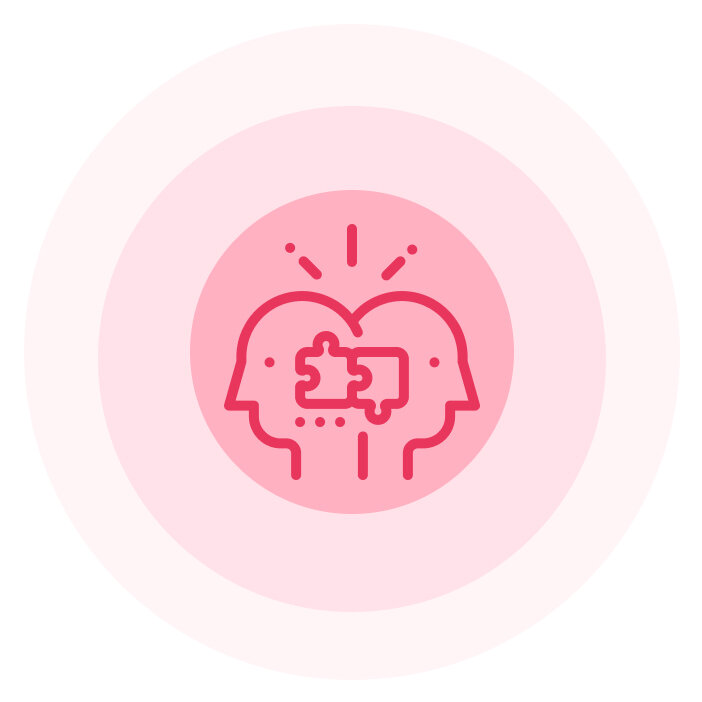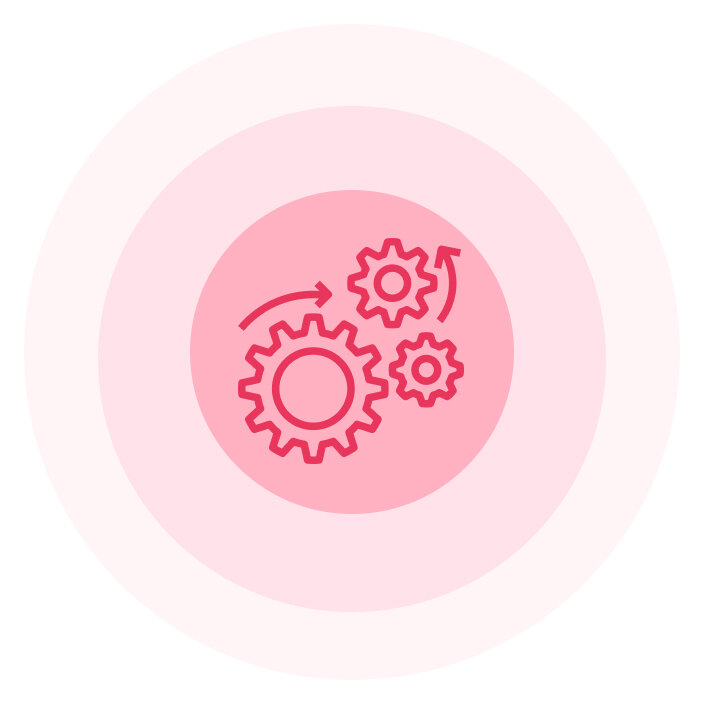Two new products/solutions out of three fail to meet customer expectations.
A superior business model is the base of sustainable business success. Studies show that 90% of business ideas change several times before achieving commercial success and over two new products/solutions out of three fail to meet customer expectations. Several reasons explain why most companies fail, from not adapting to ecosystem changes, holding on to old and non-performing business models, up to lacking a structure to systematically reduce the uncertainty through the development of new ideas.
Over the last years, we have been involved in several business model innovation projects worldwide to implement innovative business ideas. In this article, we summarize four challenges we faced when testing new business model ideas and the reasons why they occurred.
Challenge #1: Building the right team to increase success probability
Building innovation teams is an intensive mission and a cultural change too. The first challenge is to get „the right people on the bus“, as Jim Collins describes in Good to great. In everyday practice, leaders often struggle at searching for characteristics that do not belong yet to standard employee profiles, such as hands-on mentality, not afraid of failing or open to new ways of working. These three specific properties are key during the implementation of new business model ideas.
Following Jim Collins’ theory, once leaders have the right people on the bus, they face difficulties to define the right role for each team member, i.e „the right people on the right seat“. Business model innovation projects require different mindset characteristics depending on the development stage. Teams must develop or grow, based on few available insights about the requirements, which often leads to a high degree of improvisation.
Finally, we have witnessed several setbacks in past projects due to internal difficulties between business unit leaders. Usually, these leaders do not know how to communicate about the project’s mission, who could be relevant within the company to start the innovation process and in what role.
Challenge #2: Having the right mindset does not mean having the right skillset
As mentioned before, starting a business model initiative implies finding a team with mind-set characteristics that are often new. However, companies face another, directly related challenge: building a team with the right skills. The lack of experience with the systematic reduction of risk when testing a business model, combined with the uncommon skill labels make it difficult for leaders to describe their needs.
A common mistake is the belief that the new skills mean that the existing ones are not relevant anymore. This mistake happens because two key questions are often left open before launching an initiative: how to use existing „traditional“ skills? How to ensure that experienced employees support the initiative?
As required skills range from methodology, execution up to agile project management, analyzing the gap between available and required skills is a difficult task, for which leaders often lack guidance and support within the company.
Challenge #3: Integrating innovation into existing processes
Developing innovative business models impacts every existing process. As most companies are technology-driven, establishing business model thinking and launching business model innovation initiatives can result in a lack of understanding and support at highest levels in organizations. Because changing processes is difficult, companies are missing experience and approaches to integrate business model innovation into existing product development processes. As a result, standard processes such as the St Gallen Business Model Navigator are implemented without putting much thinking into their compatibility with the available process landscape. This mostly leads either to low project success rates or to immobility, as managers often prefer not to challenge the existing world.
Challenge #4: Assumptions-based exploration is counterintuitive
Developing projects based on assumptions is often neither understood nor accepted. A vast majority of companies are driven by engineering, but engineers struggle to accept exploration and do not identify with such thinking - it is not part of their DNA. Companies fail to explain why and how business and engineering can work together.
Exploring new business model ideas does not bring short-term profitable results, which remains the most important expectation in most companies. Thus, managers often don’t see the value of sponsoring exploration initiatives. When managers do support this type of initiatives, they have to face traditional management approaches anchored in other managers minds that do not suit explorative projects. That usually leads to mismatches between deciders and small, fast and agile teams.
The key when developing a new business model is to continuously test its most critical aspects.
Outlook
Business model innovation is challenging and it is difficult. Companies and teams involved in such ventures will deal with a lot of uncertainties, new skills that they don’t have and internal/external obstacles they haven’t faced before. The key to prevention of spending unnecessary amounts of resources and time on the development of a new business is to continuously test its most critical aspects. Instead of developing the final solution, bringing it onto the market and hoping that customers will buy it, which is why it is crucial to get early customers and partners feedback to improve the business model along the way and to assure its overall potential.
The Business Model Navigator is one method to systematically build and re-work corporate business models. Together with the Business Model Innovation Pattern Cards it is a powerful approach for executives and strategic innovators. Take a look at our resources section for more information.






